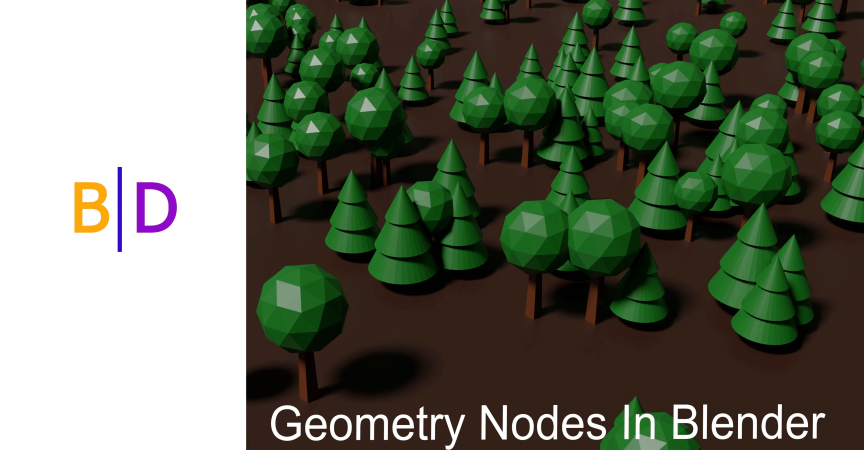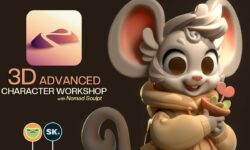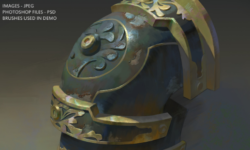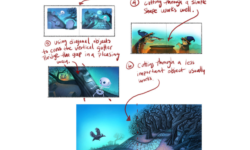Procedural Modelling In Blender With Geometry Nodes by Joe Baily
Release date:2021
Author:Joe Baily
Skill level:Beginner
Language:English
Exercise files:Yes
Welcome to one of the first, if not ‘THE’ first course on procedural modelling in Blender using procedural nodes.
In this course we cover how to create both singular objects and entire scenes using a node system not unlike the one that has been used to create materials in cycles since Blender 2.7X. If you are used to creating materials using nodes then you will have a good starting point for learning geometry nodes as the process and structure and generally the same when building node systems. The key difference between the two systems is the nodes that are used.
In this course, we learn how to create objects by creating instances through our nodes, allowing us to build simple shapes with just a couple of different types of nodes. As we move through the sections we will introduce more nodes leading to more spectacular creations.
But of course the point of geometry nodes is not simply to build an object. The point of geometry nodes is to build an object and THEN be able to edit that object using non destructive parameters. We are going to learn how Blender pulls this off and how you can create a new workflow for building objects.
Not only can we procedurally create objects but entire scenes as well. Using point nodes we can distribute an object across an entire seem in a manner similar to using particle systems, only this time with nodes to control the different parameters.
We are not only going to be covering the various nods in this course, but also HOW the nodes are used. So that by the end of each project you will be able to understand what a specific node is responsible for.
We hope you enjoy creating objects with nodes in Blender.





 Channel
Channel






Please admin can you upload blenderella character modelling course
Please admin can you upload blenderella character modelling course it is very very good though its abit old
could you please get this course?
Create Detailed and Colorful Low Poly Isometric Art
https://class101.co/collections/digital-drawing/products/angelofernandes
Take Your First Steps in Launching a Freelance Illustration Career Take Your First Steps in Launching a Freelance Illustration Career
https://class101.co/products/ellalama?pr_prod_strat=copurchase&pr_rec_pid=6572152291477&pr_ref_pid=4464259760200&pr_seq=uniform
Thankas for this! Could you get this course?
Creating Your Own Adorable Characters for Webcomics:
https://class101.co/collections/digital-drawing/products/bobblejot
Take Your First Steps in Launching a Freelance Illustration Career:
https://class101.co/products/ellalama?pr_prod_strat=copurchase&pr_rec_pid=6572152291477&pr_ref_pid=4464259760200&pr_seq=uniform